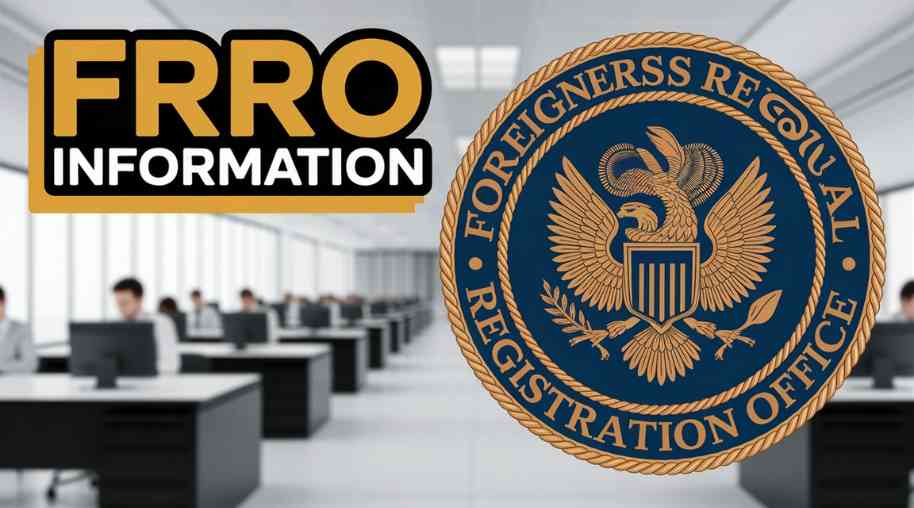BSA Full Form - Bank Secrecy Act
by Shashi Gaherwar
0 2046
Bank Secrecy Act: A Key Regulation in Financial Security
Introduction
The Bank Secrecy Act (BSA), also known as the Currency and Foreign Transactions Reporting Act, was enacted in 1970 to combat financial crimes such as money laundering and terrorist financing. It requires financial institutions in the United States to maintain transparency in transactions, report suspicious activities, and help law enforcement agencies track illicit financial activities. Over the years, the BSA has played a pivotal role in strengthening the financial security of the nation.

Key Objectives of the Bank Secrecy Act
The primary goals of the BSA include:
- Preventing Money Laundering – Ensuring that financial institutions monitor and report activities linked to illegal activities.
- Detecting and Reporting Fraud – Mandating banks and other financial entities to file reports on suspicious transactions.
- Combatting Terrorist Financing – Providing intelligence to prevent funding to terrorist organizations.
- Maintaining Financial Transparency – Requiring institutions to keep detailed records of cash transactions and financial activities.
Important Provisions of the BSA
The BSA outlines several requirements for financial institutions, including:
- Currency Transaction Reports (CTR): Financial institutions must file CTRs for transactions exceeding $10,000 in cash, helping authorities track large cash movements.
- Suspicious Activity Reports (SAR): Banks must report suspicious transactions that may indicate fraud, money laundering, or illegal financial activities.
- Customer Identification Program (CIP): Requires banks to verify the identity of their customers to prevent fraudulent accounts.
- Record-Keeping Requirements: Institutions must maintain records of financial transactions, which can be used for investigations and audits.
- Anti-Money Laundering (AML) Compliance Programs: Banks and financial firms must implement robust AML policies to detect and prevent illicit transactions.
BSA Compliance and Enforcement
Financial institutions are required to comply with BSA regulations by implementing:
- Internal controls to prevent and detect financial crimes.
- Independent audits to assess compliance effectiveness.
- Employee training programs on identifying suspicious activities.
- Appointing a BSA officer responsible for overseeing compliance efforts.
Failure to comply with BSA regulations can lead to severe penalties, including hefty fines and legal actions against the institutions or individuals involved.
Impact of the Bank Secrecy Act
The BSA has had a significant impact on the financial sector by:
- Enhancing the ability of authorities to detect and prevent financial crimes.
- Increasing transparency in banking transactions.
- Strengthening cooperation between financial institutions and law enforcement agencies.
- Reducing the risk of illicit financial activities infiltrating the banking system.
Challenges and Criticism
While the BSA is essential for financial security, it has faced challenges, such as:
- High Compliance Costs: Banks and financial institutions spend substantial resources to ensure adherence to BSA regulations.
- Privacy Concerns: Critics argue that strict monitoring of transactions may infringe on individual privacy rights.
- Complexity in Implementation: The evolving nature of financial crimes requires constant updates to compliance measures, making it difficult for institutions to keep up.
The Bank Secrecy Act is a cornerstone of the US financial regulatory framework, playing a critical role in preventing money laundering and financial crimes. Despite challenges, its impact on improving financial security and transparency is undeniable. Financial institutions must continue to adapt and strengthen their compliance programs to stay ahead of evolving threats in the financial landscape.
Further Learning Resources
If you’re passionate about building a successful blogging website, check out this helpful guide at Coding Tag – How to Start a Successful Blog. It offers practical steps and expert tips to kickstart your blogging journey!
For dedicated UPSC exam preparation, we highly recommend visiting www.iasmania.com. It offers well-structured resources, current affairs, and subject-wise notes tailored specifically for aspirants. Start your journey today!

Share:








Comments
Waiting for your comments